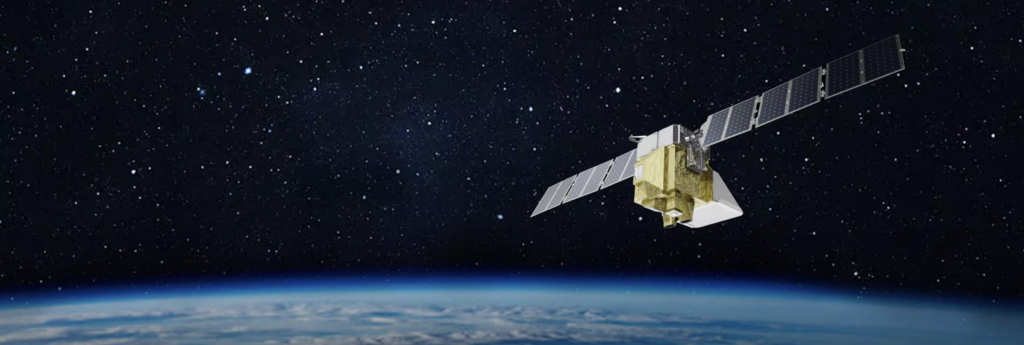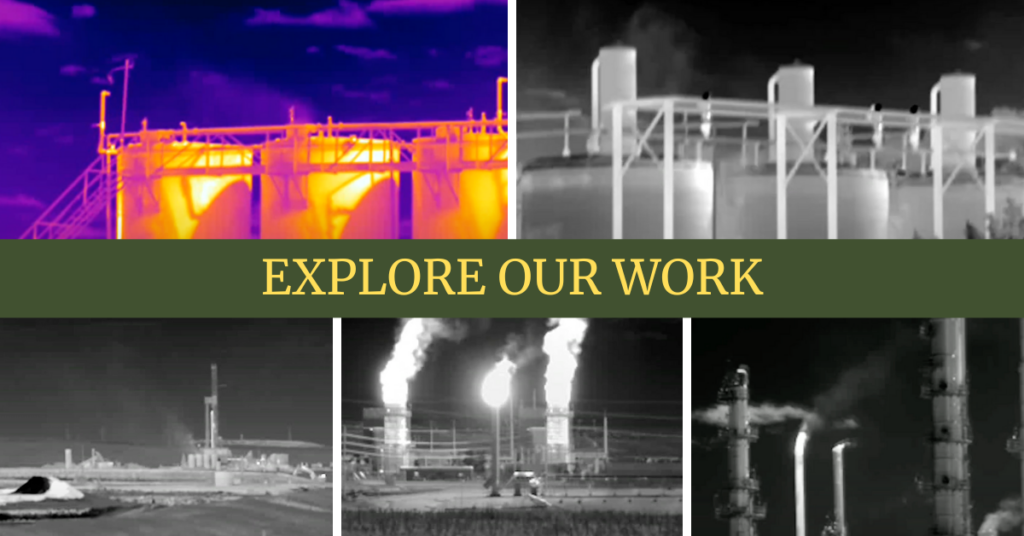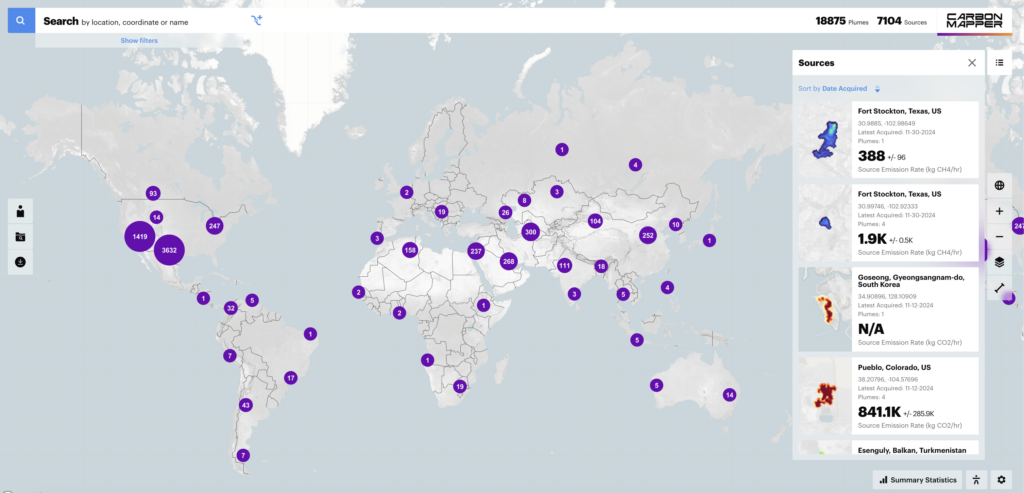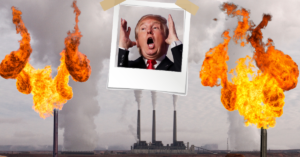|
Getting your Trinity Audio player ready...
|

Source: Environmental Defense Fund
The oil and gas industry has been polluting local communities and contributing to climate change since Bissell and Drake drilled the first commercial oil well near Titusville, PA, in 1859.
By the 1950s, major players in the industry (including the American Petroleum Institute) were funding scientific research projects focused on understanding the impacts of their polluting activities. One of those projects produced the now famous Keeling Curve – a graph of annual variations and overall accumulation of carbon dioxide in the Earth’s atmosphere – which has become foundational to our understanding of anthropogenic climate change. Industry titans, like ExxonMobil, were even developing surprisingly accurate global warming models as early as the 1970s. Those models indicated that “its fossil fuel products could lead to global warming with ‘dramatic environmental effects before the year 2050.'”
The industry could have shared this knowledge. They could have affirmed research that reached conclusions similar to their own. They could have supported data-driven climate policies. They didn’t.
Instead, many in the industry disregarded, questioned, challenged, mocked, disparaged, or downright denied the ever-growing body of scientific data, methods of analysis, or key findings. Some spend millions of dollars to spread inaccurate and misleading information to shape public opinion and weaken public policy and regulatory enforcement.
All the while, the industry kept expanding – at the expense of communities and the environment – exploring new deposits to exploit, clearing new wellpads, drilling new wells, laying new pipelines, and constructing new refineries, petrochemical facilities, and import/export terminals.
Current estimates indicate that in the US alone, nearly 5 million wells have been drilled, around 3 million miles of pipeline have been laid, approximately 130 refineries are in operation, and at least 385 petrochemical facilities are active (with at least 67 new petrochem projects announced or planned). Additionally, there are 12 major oil terminals, 20 LNG terminals (with another 29 proposed or approved), and around 170 LNG facilities.

Health-harming and climate-polluting emissions can occur at every single stage of the fossil fuel supply chain. Earthworks’ thermographers have been using industry-standard OGI cameras to document emissions events for the past decade – we have undertaken more than 5,500 site surveys at more than 3,000 facilities in the US, Latin America, and the UK and filed more than 1,400 complaints with video evidence of pollution to regulatory agencies in the US. Here are some examples of emissions we’ve documented during drilling and fracking activities. On-site tanks also leak and vent emissions directly into the atmosphere. We have documented emissions at gas plants, refineries, petrochemicals, and wastewater disposal facilities. We’ve even detected emissions at temporarily shut-in or abandoned sites.
To address this widespread pollution problem the EPA recently finalized a years-long effort to update the rules and regulations that govern oil and gas industry activities. Unfortunately, aspects of these rules may be undermined before they are even able to take effect fully: after taking office in 2016, Trump slashed more than 100 Obama-era environmental protections, and he has already indicated he intends to do it again when he takes office next year.
But it ain’t 2016 anymore. Many things have changed in the US and around the world.
One crucial change is the deployment of more than a dozen methane-sensing satellites. Some satellites detect and monitor emissions on a continental level, while others can pinpoint the exact source of an emission event. Some scan an area monthly or weekly. Others can scan an area multiple times a day. They all collect and transmit data in real-time, and the view of emissions they are beginning to unveil will leave the industry little to no room to hide – as the satellite network continues to grow, the whole world will come to know the true extent of pollution across the fossil fuel supply chain.

Source: Carbon Mapper
Now, frontline communities, independent researchers, climate advocates, policymakers, and regulatory enforcement agencies have a new tool to detect, quantify, and attribute health-harming and climate-polluting emissions events more quickly, demand they be resolved, and ensure that mitigation or elimination occurs. We all have a new tool to ground-truth industry claims about their emissions and their efforts to reduce them. So, keep your eyes out for new data to hit satellite portals and for organizations like ours to share such data, analysis, and findings with you so you can share them with the stakeholders you engage.
The two best things about this tool are: First, satellites are akin to OGI cameras in that they make pollution invisible to the naked eye visible, seeing is believing, and seeing at a global scale can enable global action. Second, while Trump can and may well take a wrecking ball to a number of policies enacted to protect human health and a livable future, the methane-sensing satellite network is out of reach of his hands.

